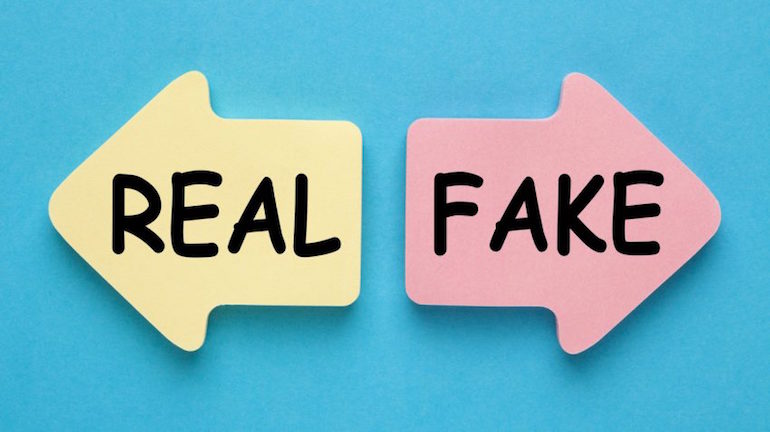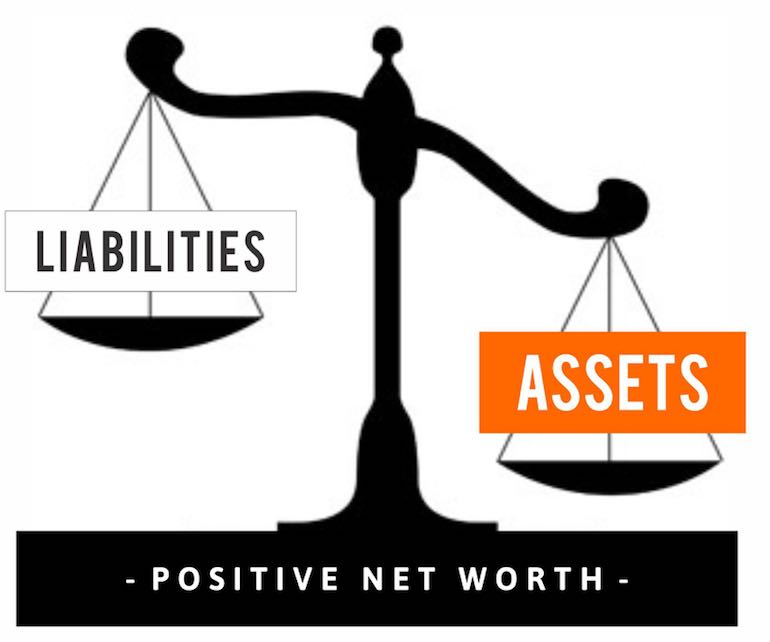The world has changed, and knowledge keeps changing. Before Galileo’s popular rebellious book, the world believed that the sun and other planets orbited the Earth—and that the Earth was at the centre of the solar system, making us really special. This false knowledge served a purpose.
In 1632, Galileo published a book that stated, inter alia, that the Earth orbited the Sun. The Catholic Church, one of the most powerful institutions at the time, arrested him and put him on trial for heresy. He died on January 8, 1642, still under arrest because he challenged wrong knowledge or information. Today, we all agree that Galileo was right and all those who held the other view, millions of people, at the time were wrong.
This brings me to the basic economic dichotomy of assets and liabilities. For many years, we’ve been told to consider things as binary—assets and liabilities. Even with this binary understanding of possessions, a lot of us have failed to properly implement them, therefore leaving us poor or just at the middle-class bench.
With the evolution of knowledge and the quest for solid financial education in a rapidly changing global economy, it has become apparent that there is a third option, called ‘fake assets’ which many confuse for real assets, and therefore heavily invest in them without obtaining the deserving rewards.
So, what was, is not what it’s today. This is the reason why constant financial education is the key to acquiring wealth.

What is Asset, Liability and Fake Asset?
Asset: To consider truly what an asset is in today’s world; an asset is anything that puts money in your pocket or bank. This means a business or enterprise that brings you money or profits is an asset.
Liability: This is anything that takes money out of your pocket. It can be as small as your mobile phone, or as big as a bank loan.
Fake Asset: This is what a lot of people lack knowledge on—and why a lot of people are caged at the bench with the middle class, or at the bottom with the poor. This is anything that looks like an asset but it’s not, because it actually takes money out of your pocket.
Mortgage: If you have a house on a mortgage that you pay each month—it’s a fake asset and not a real asset. This is simply because this will take money out of your pocket for about 30 or more years.
Government Pension: While you think your government pension is a real asset, it’s a fake asset—because it takes money out of your pocket.
To determine whether something is a real asset, fake asset or liability, all you need to remember is this: assets put money into your pocket and liabilities take money out of your pocket.
According to Robert T. Kiyosaki, the author of the best-selling book-Rich Dad, Poor Dad, his rich dad’s simple formula for assets versus liabilities is this: “An asset puts money in your pocket,” and “A liability takes money out of your pocket,” And, “the simple definition of a fake asset is one that promises to make you richer but in actuality robs you blind.”
So, the above is not new, it is just that a lot of people have not considered things properly or beyond the false binary knowledge.

Becoming Rich—Assets Vs. Liabilities
While it would be preferable to own only assets (real assets), life and the economy do not permit that. Everyone has some liabilities in life. You must live, which means you have to eat, pay bills, travel and others.
However, the distinction between those taking the path to richness and those seated at the house of poverty and the caged middle class is found in the gap between their assets and liabilities acquisition.
While true wealth seekers focus on acquiring more real assets and do everything to limit their liabilities, the other group engages in acquiring liabilities, and at best fake assets—thinking they are real assets.
For instance, a middle-class person will build 2 houses. He will be living in one (a liability since he will be paying the bills, taxes and maintenance)—and the second house, he will keep it there (empty) to also use occasionally. There too, he will be paying the bills, taxes and maintenance. Why does this person have two liabilities in this absurd manner? Mostly, the answer is this, the person thinks his two houses which are taking money out of his pocket are assets. They are fake assets.
The rich person will rent out one of the two houses for regular income (turning the fake asset into a real asset) and even use the income from this rental to pay for the taxes and maintenance of that place and of the second house where he may be living.
Another person will have 3 private cars. All these cars are liabilities, at best, fake assets.
If Mr Joe Boy has 3 cars, and he uses one himself while he uses 2 of the cars for a taxi business because the 2 cars put money into his pockets, they are assets and the 1 he uses that takes money from his pocket is a liability.
To be able to take a walk on the path to financial stability, create wealth and become rich, you must acquire far more real assets, than liabilities. You cannot completely escape liabilities because Bill Gates even has some sort of liabilities.
The Common Liabilities We Have Wrongly Come to Accept As Assets
Mobile Phones:
I have one mobile phone. My friend has 3 expensive mobile phones—and I have several other friends who have 2 or 4 mobile phones. Owning more than 1 phone has become so common that we don’t see anything wrong with it.
But look at it this way: why would anyone want to double their liabilities in that way? Regularly, money is spent on these phones in a form of credit, electricity to charge them and even paying to fix them when they spoil. What’s the real point?
If you have a need for two different phone numbers, just get a dual-sim phone and you will have just one liability, serving two purposes.
Clothes and Foot Wears
How many pairs of shoes or attires do you have? The value of the wardrobe of some people can serve as a capital to start two solid businesses. And these people keep buying more and more—acquiring liabilities, disguised as assets.
If you wish to cut down your spending in this department, you should check out the laudable concept of minimalism and how it can help you become financially stable.
And watch the video below of Warren Buffet, the 4th richest man in the world with a net worth of US$88.9 billion. His lifestyle will amaze you. This man in 2019 donated $3.6 billion, much of it to the foundation of Bill and Melinda Gates.
Making the Difficult Choice
To put yourself on a solid financial path, the time has come to take count of your possessions—and I mean everything in your life. Draw 2 horizontal lines with the headings: assets, fake assets and liabilities.
Now, list everything you own under the appropriate heading—and decide, whether your assets are more than your liabilities and fake assets. If it turns out that you have more fake assets and liabilities than real assets, then it’s self-explanatory as to why your financial standing is weak, and why immediate change of lifestyle and strategy is required.
The Benefits of Financial Education
Financial education and having valuable financial knowledge is the main separator between the rich and poor. The rich are smart living folks who understand the simple things we ignore, and are able to even turn debt into assets—under the umbrella of good debt.
I cannot stress enough the role financial education such as the many we dish out on TopVincent.Com play in moving a person from the poor or middle class bracket to becoming wealthy.

0 Comments